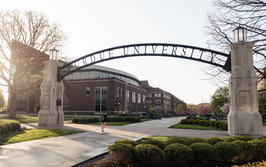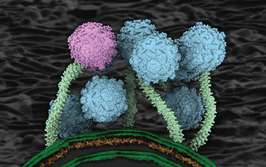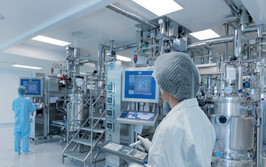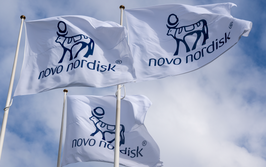Vector Connector
A panel of experts discuss the trends, conversations, and innovations occurring in the viral vector-based therapy sector at the Annual Meeting of the American Society of Gene and Cell Therapies (ASGCT).
| 7 min read | Discussion
In May 2024, the 27th Annual Meeting of the American Society of Gene and Cell Therapies (ASGCT) explored the current viral vector-based therapy landscape and the emerging vectors in the field. We took aside five experts to find out what caused most excitement – and what a brave new future could look like.
Meet the experts

Natalia Elizalde, Chief Business Development Officer at VIVEbiotech.
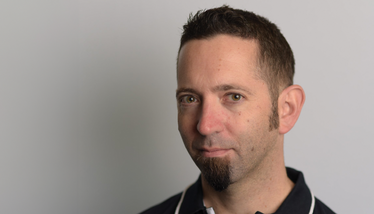
Stuart Gibb, Scientific Strategy Lead at Terumo Blood and Cell Technologies.

Gabrielle Freitas, Associate Manager, Scientific Sales at OrganaBio.
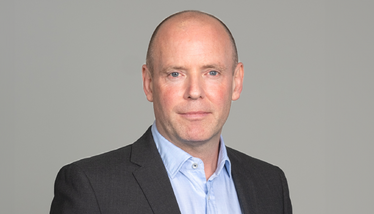
Matthew Paterson, Chief Commercial Officer at eXmoor Pharma.
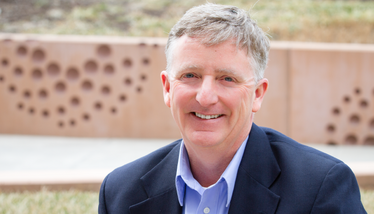
George Buchman, Research Fellow, Catalent.
What are the biggest discussion points around viral vector-based therapies?
SG: AAV remains the leading delivery technology for in vivo gene therapies and market growth is expected to continue in 2024. Many cell-based products in the pipeline still rely on viral vectors during manufacturing (for example, for CAR expression), especially lentiviral and retroviral vector-based systems. However, CRISPR and other gene editing techniques are making an impact as well – often with viral-free delivery.
NE: One of the biggest conversations in viral vector-based therapies is the increased in vivo use of lentiviral vectors as gene transfer technologies, where the vector is used as a final product and therefore directly administered to patients. I have personally observed this trend in new in vivo projects, some of which are approved for clinical trials.
MP: AAV-delivered gene therapies are the dominant topic at this year’s ASGCT, with dozens of scientific posters and symposia. Regeneron’s AAV gene therapy DB-OTO made the news recently after presenting data on a study in two children with severe genetic deafness. The data showed that after a single DB-OTO injection in one ear, hearing was restored in one of the patients, reminding us of the one-off curative benefits that some gene therapies may have over traditional treatment options.
GF: Gene insertion techniques are a big topic. Traditional CRISPR methods focused on gene editing to turn off problematic genes, but newer techniques, such as base editing and prime editing, are limited to making small genetic changes. Recent innovations from a handful of companies – for example, ReNAgade Therapeutics, SalioGen Therapeutics, and Tome Biosciences – and renowned researcher David Liu of the Broad Institute are tackling the challenge of precisely inserting large DNA sequences or entire genes into the genome. These advancements open up new possibilities for treating Stargardt disease, cystic fibrosis, and other diseases where traditional methods fall short.
GB: An important focus of the ASGCT meeting this year revolved around the advancements in novel and modified capsids aimed at enhancing tissue and cell targeting, while simultaneously reducing liver interaction. Various methodologies have been employed to develop novel structures that enable lower dosing and reduced off-target engagement. Consequently, these enhancements have led to decreased toxicity and production costs.
What innovations in the pipeline are you excited about?
MP: There has been some interesting data presented by Freeline Therapeutics that showed positive clinical progress for the AAV gene therapy FLT201 in adults suffering from Gaucher disease. The focus on treatments for rare diseases is evident, whereas momentum in oncology programs has remained flat, continuing the trend of an increasing proportion of non-oncology gene therapy trials.
GB: The industry continues to see substantial innovation in this relatively young field, particularly in the area of reducing harmful immune responses. One exciting development involves an innovative approach to reduce any deleterious immune response, including toll-like receptor peptide signaling. Another compelling innovation comprises a novel method for universal solid tumor treatment, in which AAV-vectored chemokine therapies delivered to the solid tumor result in rapid tumor cell destruction and promotion of a protective immune response.
NE: I’m passionate about lentiviral vectors so I’m excited by the increased targeting of these vectors through different pseudo-types or modified packaging cell lines that will enable a reduction in the number of vectors to be used per patient. This innovation will impact on the cost-effectiveness of the vectors and help more patients to be treated.
GF: The work of CRISPR Therapeutics and Editas Medicine is exciting; they are exploring gene insertion technologies. David Liu's lab at the Broad Institute has also been particularly prolific, introducing methods for targeted gene-sized DNA integration in mammalian cells without necessitating double-strand DNA breaks.
SG: I’m interested in capsid engineering for AAV and in vivo CAR-T generation. AAVs to treat neurological disorders are hindered by the blood brain barrier, so the promise of capsid engineering is a hot topic. PTC Therapeutics just filed a BLA for its Upstaza AAV gene replacement therapy to treat AADC deficiency, but it must be delivered directly to the brain. There are also some new viral vectors in the pipeline, like anelloviruses, that may overcome other challenges of AAV.
What are the main regulatory challenges?
MP: The FDA’s CBER director Peter Marks has touched on the need for continued focus on the manufacturing of AAVs and suggested the need for cell and gene therapy companies to clearly set out their chemistry, manufacturing, and controls (CMC) and manufacturing strategy early on to simplify the development pathway and reduce regulatory risks. We had multiple conversations on these topics relating to CMC strategy, portfolio analysis, and evaluating whether to “build or buy” manufacturing capacity.
NE: Cell and gene therapy development timelines must be short to reach patients in time. Therefore, though regulators must keep the highest regulatory standards, there is a real need for regulators to adapt to this accelerated schedule and urgency. Keeping a balance is essential to allow these therapies to succeed.
GB: Some persistent challenges include off-target effects, such as toxicity, and the cost of goods. These factors, among others, limit the accessibility of these critical therapies to the broader populations who need them. Innovations in the field, including better targeting, immune evasion, and liver de-targeting, are already showing promise in addressing these issues.
GF: Product quality and downstream manufacturing must be better defined by developers to determine and measure efficacy. Regulatory agencies need to establish appropriate guidelines for evaluating the safety, efficacy, and quality of these therapies, taking into account diverse patient populations and their unique characteristics as well as the various biological complexities of these therapies.
Are there any lingering concerns involved with this modality?
GF: Yes, ensuring the efficiency and specificity of gene insertion techniques to minimize off-target effects and unintended mutations is still a concern. However, recent advancements in gene editing technologies, such as prime editing and CAST, show promise in addressing these safety concerns.
SG: Pre-existing exposure to natural AAVs or an earlier treatment can cause a person’s immune system to generate AAV antibodies against the serotype of exposure, which will prevent subsequent re-administration of the therapy. A variety of modalities are being used to get around this, but we need more work in safety testing, capsid engineering, and novel virus types.
What do you think the future looks like?
NE: The future for the sector is extremely promising, as shown by the fact that an increasing number of approvals are expected in the short term, and many more prevalent diseases, such as autoimmune diseases, are being targeted with promising results. From my point of view, what we are observing today is only the beginning of an industry with a promising future.
GF: The future of the sector does look bright, with gene insertion technologies heralding a new era in genomic medicine. These innovations offer potential solutions for treating a wide range of genetic diseases, including those caused by large and multiple mutations. Companies such as Roche, Spark Therapeutics, and Cytiva continue to focus on generating stable, high-titer HEK293 producer cell lines for AAV to enhance scalability and cost-efficiency. Stable packaging and inducible lentiviral vectors also demonstrate a growing trend. As research continues and regulatory processes evolve, we can expect to see more groundbreaking discoveries and the translation of these technologies into effective therapies for patients worldwide.
SG: I think that viral vector therapies could potentially have a bigger future than the current autologous CAR-T market. The increase in viral vector therapies hitting the market continues to accelerate. If the novel approaches in development are indeed successful, the field will continue to evolve and expand.
GB: The future of medicine is unfolding before our eyes, with remarkable advancements in gene and cell-based therapies that are providing life-saving cures for patients facing diseases with no other viable treatment options. Looking ahead, the continued development of these innovative therapies promises to yield even greater breakthroughs. A focus on improving tissue targeting, enabling dose-sparing, and overcoming immune evasion and off-target effects will drive the ultimate goal of expanding access, and ensuring those who could benefit have the opportunity to do so. As the scientific community builds upon its existing successes, the vision of a future where these life-changing therapies are widely available and accessible to patients in need grows ever closer.

